
Set off a wonderful adventure as we enter the center of the kitchen, where little appliances have silently changed our daily routine.
This post will reveal the fascinating development of vintage toasters, therefore revealing the magic behind these beloved cooking allies.
The main technical challenge in toaster development around the turn of the 20th century was the creation of a heating element capable of sustained heating to red-hot temperatures without breaking or becoming too brittle.
Made in 1893 by Chelmsford, Essex’s Crompton & Company, the Eclipse is the first stand-alone electric toaster. One side at a time, its naked cables cooked bread.
Young engineer Albert Marsh designed an alloy of nickel and chromium, which became known as Nichrome, and solved the heating element dilemma in 1905.
Working with Marsh, George Schneider of the American Electrical Heater Company of Detroit initially registered a US patent application for an electric toaster.
The Hoskins business first thought about using its Chromel wire in toasters, but it finally gave up on such projects in order to concentrate on producing just the wire itself.
General Electric debuted the first commercially successful electric toaster in 1909 under the GE model D-12.
1919 saw the patent granted for the “pop up” toaster. Many fresh ideas and brands were introduced throughout the 1920s. Typically used right on the breakfast table in the 1920s, Americans purchased more than a million electric toasters.
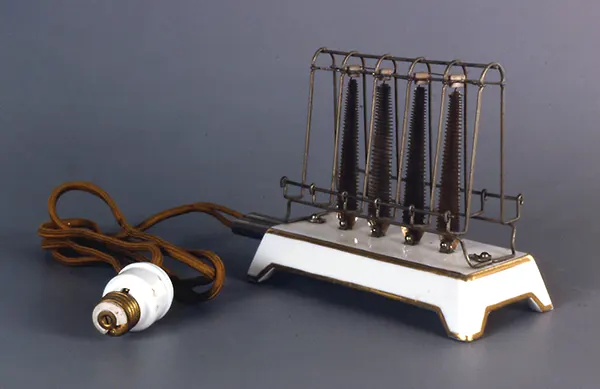


Spring-loaded doors on both sides of the Turnover let one single piece of bread fit.
The operator would lower the doors to let the half toasted side drop as one side of the bread toasted, therefore guaranteeing even toasting until the doors were closed once more.
Because of its manual functioning, this toaster was sometimes placed right on the breakfast table; the responsible attentive person in charge of the toast handled the toasting process.
From the mid-1920s until the early 1930s, the Turnover enjoyed great appeal.
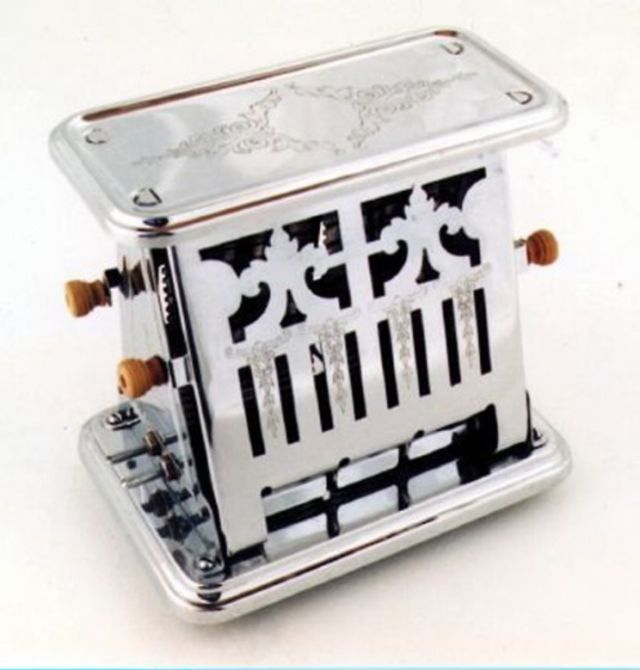
The Flopper had metal doors with a pleasing cutout pattern hinged at the bottom. These doors took on a “A” form when they closed.
When toasting in this creative design, the operator only opened the side doors and the toast elegantly “flopped” out.
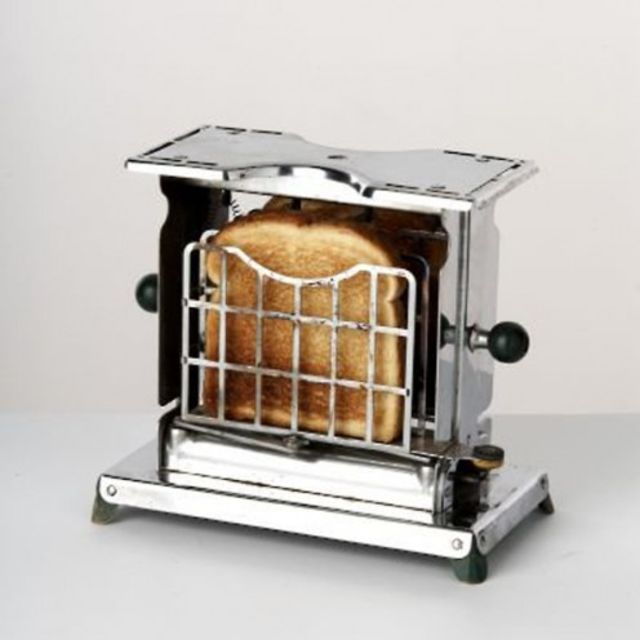
Swingers displayed a special swinging basket with a two-sided metal wire casing to hold the bread slices. A basic movement of the knob turned the bread such that both sides may have even toasting.
The Swinger distinguished the bread with a unique pattern, which gave the breakfast table an attractive accent.
Fascinatingly, the first four-slice toaster followed Swinger design. Its initial expensive cost forced manufacturers to provide easy payment options, therefore enabling a larger audience to purchase this amazing addition to their houses.
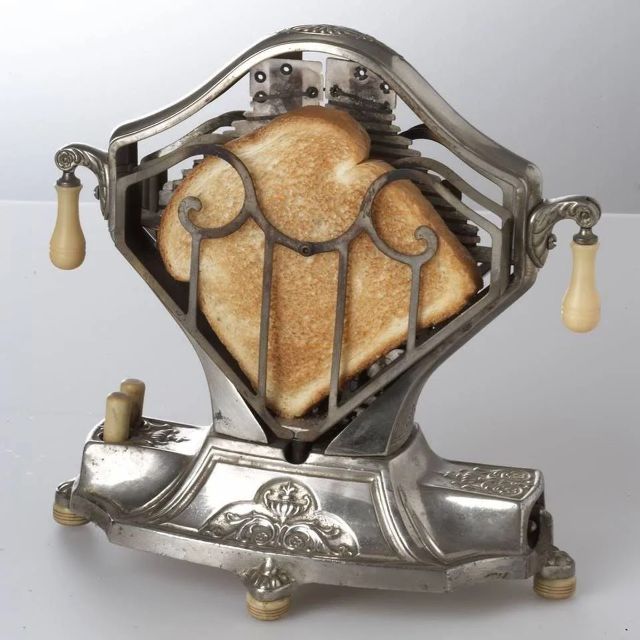
The Sweetheart toaster operated through a pair of buttons positioned at its base. These buttons were responsible for managing each side of the toaster.
Pressing the buttons caused the respective baskets on each side to swing out at a 90-degree angle, facilitating the insertion of bread or the retrieval of toasted slices.
Upon releasing the buttons, the baskets smoothly returned to their original position against the unit.
Further presses of the buttons initiated a rotation of the bread slices in the opposite direction, ensuring even toasting on both sides.

Toastmaster first brought the pop-up toaster to American consumers in 1926. The way this toaster used a clock mechanism as toasting’s timer distinguished it.
The major breakthrough was the elimination of the bread’s manual turning requirement, therefore guaranteeing constantly flawless toast.
Before 1926, most homes regarded pop-up or automatic toasters as a luxury and they were mostly meant for use in restaurants. As a result, until the 1950s, numerous producers were making hand toasters for household usage.
With heating components on both sides of every bread slice, Toastmaster’s design guaranteed even toasting.
A handy lever on the side of the toaster let consumers change the timer, therefore regulating the degree of toasting darkness to fit their tastes.
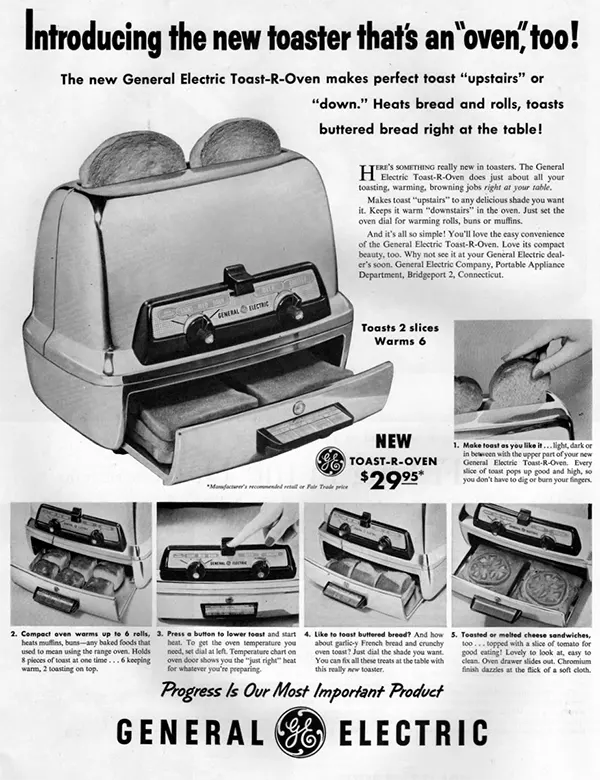
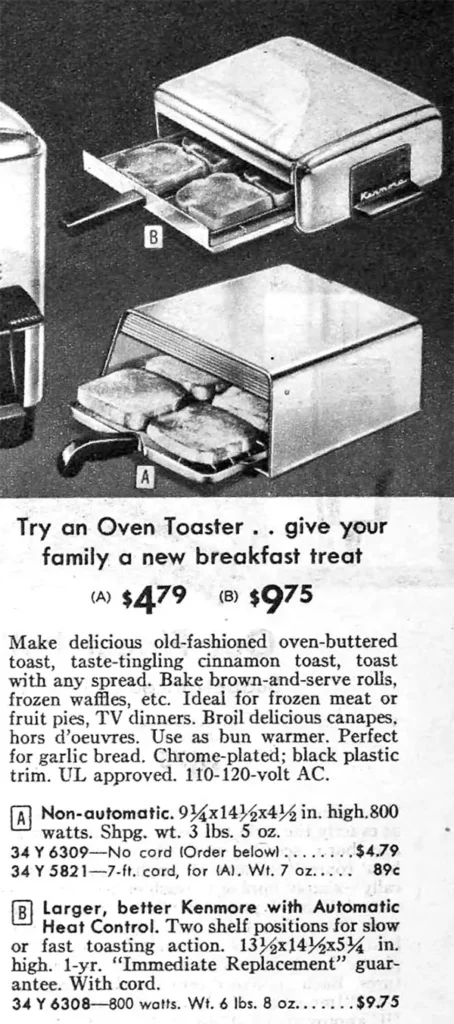
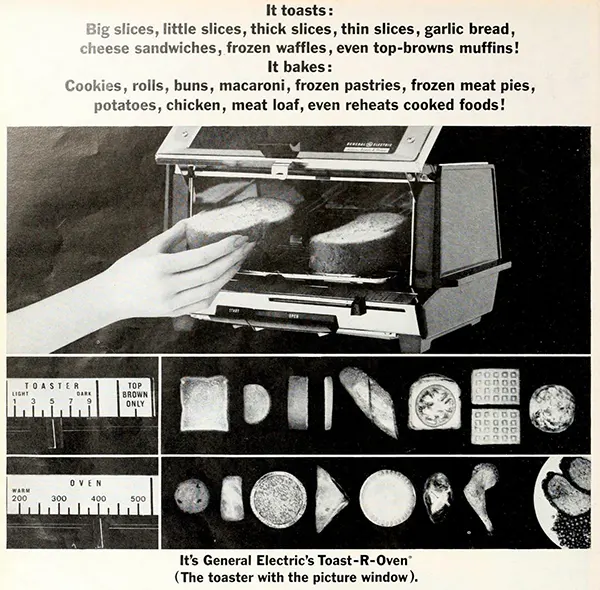

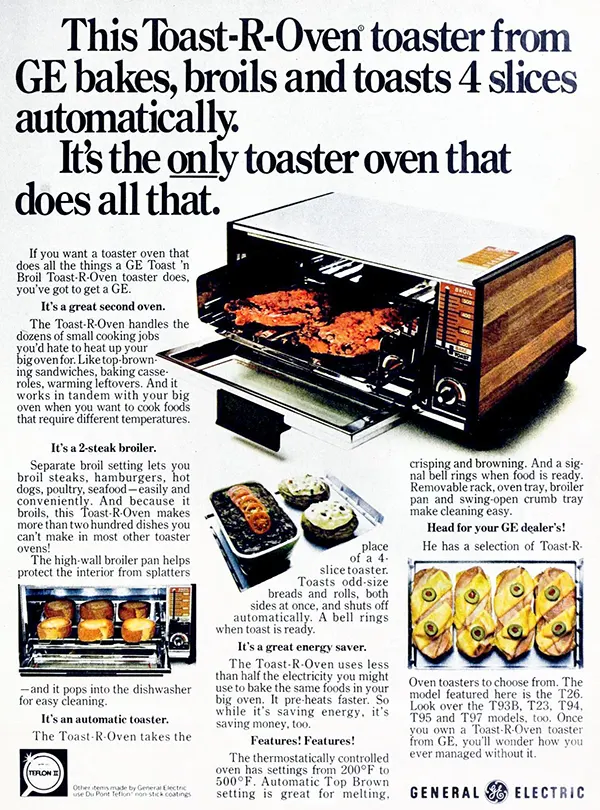
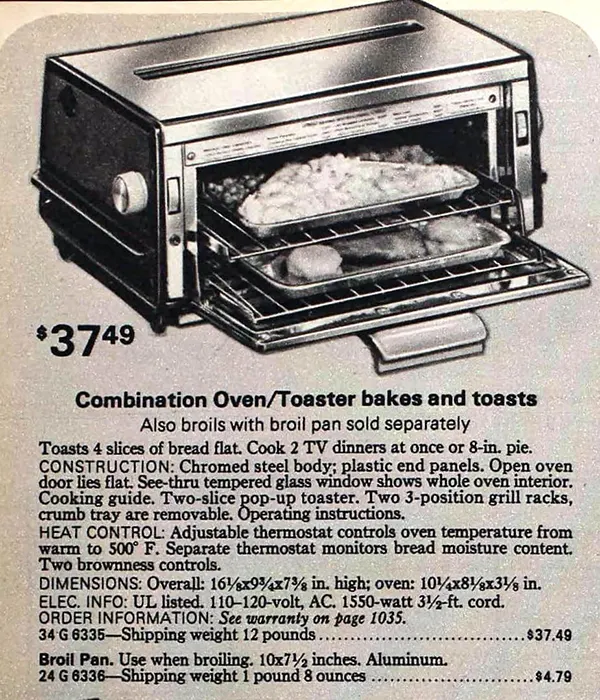
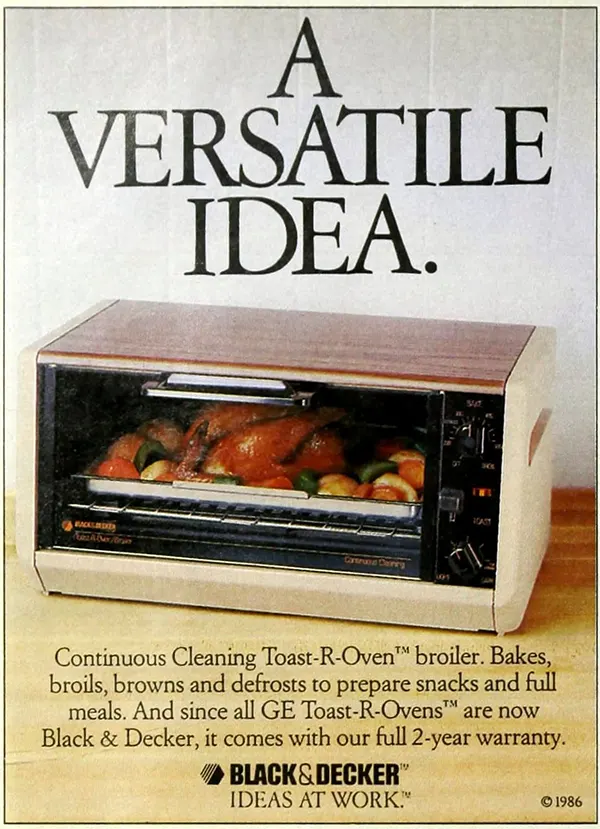
(Photo credit: Cyber Toaster Museum / Wikimedia Commons / Pinterest).


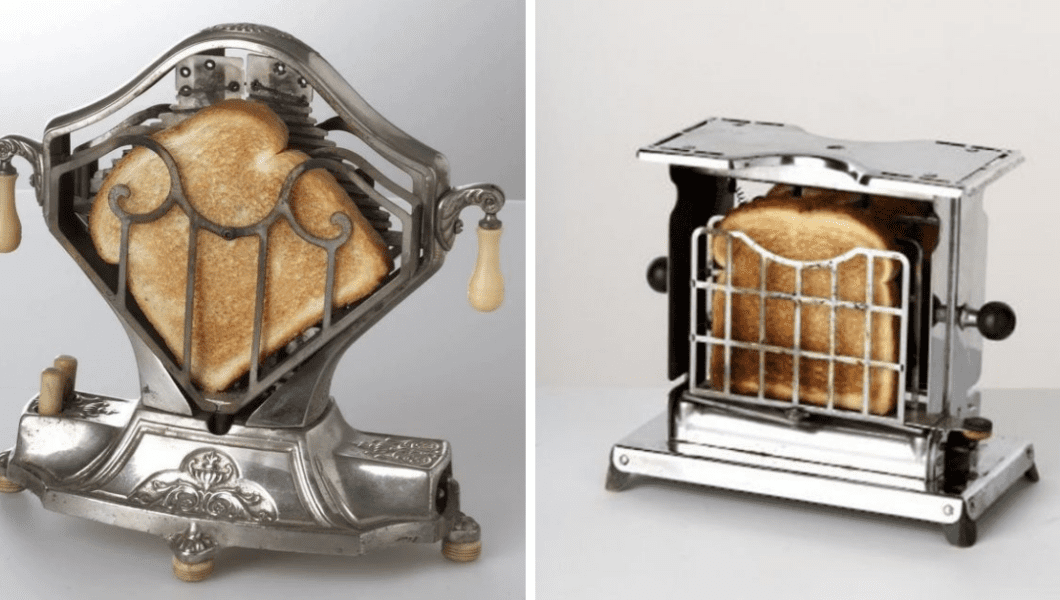

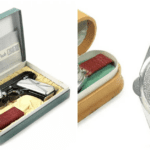
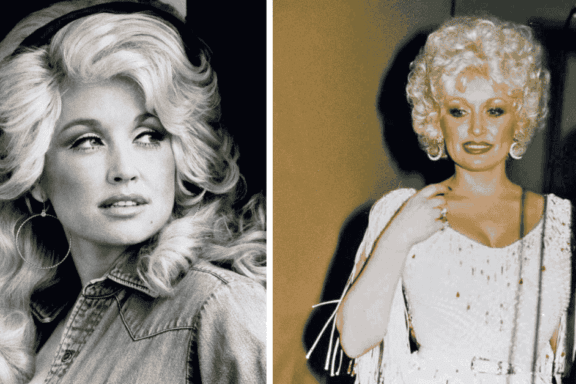
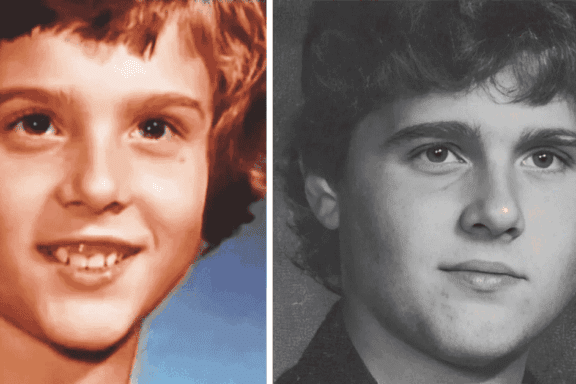

No Comments